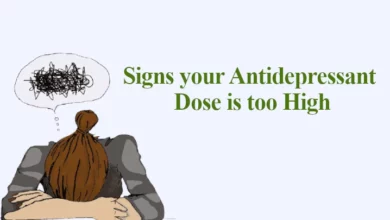Home Remedies for Stomach Pain and Gas Relief in 5 minute

Looking for home remedies for stomach pain and gas relief? One of the most common health issues in the world is stomach pain. This problem can affect anyone, whether young or old or male or female.
Stomach pain usually occurs in the lower part of the abdomen and sometimes near the chest. This pain can be mild or severe.
Causes of Stomach Pain
1. Mild stomach pain is caused by problems like gas, heartburn, and indigestion
2. It can also be caused due to the intake of unhealthy food or consuming food you are allergic to.
3. The chronic stomach pain is either constant or may come on go, but it has some underlying issues like appendicitis.
4. Most of the time, stomach pain is also associated with other symptoms like vomiting loss of appetite, dysentery with blood, stomach discomfort, urine and chest acidity, burning sensation in the stomach.
Home Remedies for Stomach Pain and Gas relief
Here is the list of home remedies for stomach pain and gas relief.
1. Baking Soda
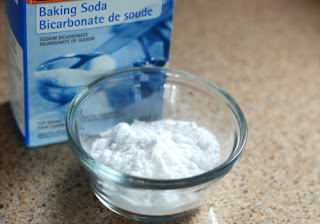
If the stomach pain is due to acid reflux, baking soda is a good home remedy for stomach pain that offers immediate relief. Baking soda contains sodium bicarbonate.
Sodium bicarbonate is an antacid that is absorbable by our body. Baking soda neutralizes the acid formed in the stomach and thus relieves stomach pain.
Our pancreas naturally produces Sodium bicarbonate which helps in protecting our intestines.
How to use
- For adults, mix one teaspoon of baking soda in water
- Drink this water several times a day till you get relief
- Do not take more than 4 teaspoons of baking soda in a day
- Do not use this method for more than two weeks
- Do not quickly drink the solution of baking soda and water as it may lead to a gas buildup in your stomach.
ALSO READ: 20 Brilliant and Easy Ways To Use Baking Soda
2. Carom Seeds
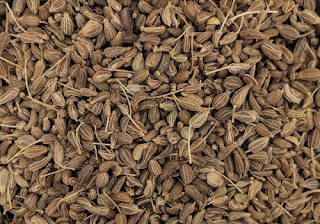
Carom seeds, also called Ajwain, are suitable for gas. They are good to treat abdominal discomfort caused due to indigestion.
Carom seeds have active enzymes that boost your digestive functions as they trigger the secretion of gastric juices.
How to use
- Take one teaspoon of carom seeds
- Add half a teaspoon of rock salt to it
- Add a few drops of lemon to it and eat this mixture 4-5 times a day
3. Cumin Seeds

Cumin seeds have carminative and digestive properties. It reduces flatulence and is also antispasmodic.
How to use
- Take 4 tablespoons of cumin seeds and roast them
- Add one tablespoon of dry ginger powder and 1/4 tablespoon of rock salt
- Take half a teaspoon of this powder 10 minutes before taking meals
- This helps to evacuate the flatus, stimulate the digestive fire, reduce the abdominal distention
- Alternatively, you can roast cumin seeds and make a powder out of it and add jaggery to it.
- Add a pinch of rock salt and make round balls of 5 gm each.
- Regularly take these balls 4 times a day
4. Cinnamon
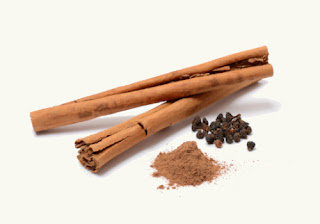
Cinnamon is highly effective in keeping stomach pain away. It has antioxidant properties.
This spice stimulates the digestive system and helps it to work correctly.
How to use
- Take half a teaspoon of cinnamon powder and add it to a cup of hot water
- Let it settle for five minutes and sweeten it by adding honey
- Add fresh lime to this mixture and sip it slowly
- Start drinking this mixture one to two days before your period starts to prevent cramps
- Alternatively, mix honey with cinnamon powder and make a paste out of it
- You can sprinkle cinnamon powder on salads or food
5. Ginger
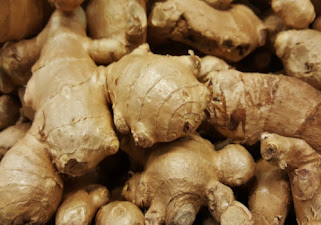
Ginger helps in treating motion sickness and flatulence. Ginger improves the digestive system by increasing its performance.
This stimulates the stomach to absorb nutrients effectively. It also has an anti-inflammatory property that helps in the reduction of inflammation of intensities.
How to use
- Take an inch of ginger and mash it to make a smooth paste
- Now add lemon juice and rock salt to it
- Add carrom (Ajwain) seeds to this mixture and eat this mixture regularly during your period.
- Another way ginger can be added to your diet is by taking ginger powder and adding sugar to it.
- You can take a pinch of this powder after every hour
- Fresh ginger can also be grated and cooked with sugar syrup until it becomes thick as jelly.
- You can have a spoonful of this jelly regularly till you get relief.
ALSO READ: How to Boost Immunity Fast with Ginger and Turmeric
6. Mint

Mint makes the food pass through the intestine at a faster rate. This maintains the digestive system as well as reduces the cramps in the stomach.
How to use
- You can pop off over the counter mint tablets
- You can make mint tea by boiling a few mint leaves with water. Sip this tea
- You can add mint leaves to your water and add lemon to this water.
- Regularly drink this water
- Make a poultice of mint, lemon and cumin seed, and rock salt. Eat this regularly before the meal to reduce pain.
7. Chamomile

Chamomile has antimicrobial and antioxidant qualities that help in relieving stomach issues.
How to use
- Boil Chamomile leaves in water
- Strain the liquid and add lemon to it
- Sip this tea regularly as required
- If you have an allergy to ragweed, do not go for this method
8. Fennel Seeds
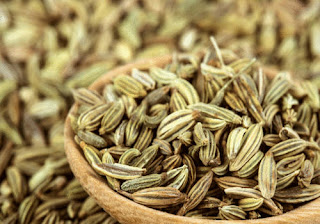
The antispasmodic and anti-inflammatory properties of fennel relax the muscles in the uterus, which in turn relieves cramping and discomfort.
How to use
- Take two tablespoons of fennel seeds and add them to one cup of boiling water.
- Simmer the mixture on low heat for five minutes.
- Remove from heat and strain the tea.
- Add one teaspoon of honey and lemon. Drink this herbal tea two times daily
- For better results, drink this hot
9. Dill (Suva) Seeds

Dill seeds and leaves both have the property that boosts digestion. It has many essential oils which stimulate and the secretion of bile and digestive juices.
This oil also increases the peristaltic movement of the intestine; thus, bowel movement gets easy, and this relieves constipation.
10. Herbal Tea

Drinking tea relaxes you and your muscles; thus, it works as a comforter.
Some of the herbal tea you can drink is Chamomile teas, ginger tea, peppermint tea, lavender tea, green tea, lemongrass tea, and cardamom tea.
How to use
- Take two tablespoons of tea and add it to a cup of water
- Add ginger or chamomile, or peppermint as per your taste, and let the mixture simmer
- Strain and add honey as a sweetener
- Sip this tea slowly till you feel relaxed
- You can use different variants of herbal tea and can drink 4-5 times a day
- Avoid adding excessive sugar
ALSO READ: How to Make Turmeric Tea for Weight Loss
11. Asafoetida (Hing)
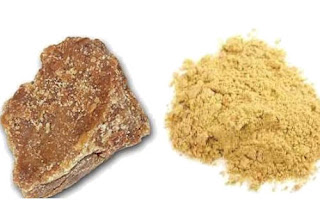
Asafoetida relaxes your stomach muscles and also destroys bacterial and viruses responsible for discomfort.
How to use
- Mix asafoetida with water and apply this water to the stomach
- Mix asafoetida powder in honey and eat it
- Add asafoetida in food and have it
- Never directly eat asafoetida; otherwise, you will experience a burning sensation in your mouth
12. Yogurt
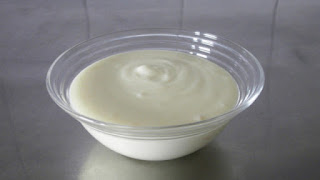
Yogurt does not look like the remedy for stomach pain, but to get rid of cramps and bowel pain, it is very effective and is full of Probiotic, which is good bacteria.
Thus it will help in balancing good bacteria in your gut which will aid in the digestion process.
How to use
- You can consume a bowl of plain yogurt
- Avoid adding sugar as it will further upset your stomach
- You can add little black salt to yogurts
- Go for fresh yogurt, not the packed one, as they have less lactic acid bacillus, which is good bacteria.
Final word
Use any of the remedies mentioned above to get rid of stomach pain. However, prevention is better than cure.
Therefore safety measures like avoiding too much sugar in the food, eating a heavy meal at night, eating spicy and fried food should be avoided to keep your stomach healthy. Apart from this healthy and stress-free mind is also essential to keep your gut healthy.
So, friends, we hope that going through the above home remedies for stomach pain and gas relief will surely help you.





